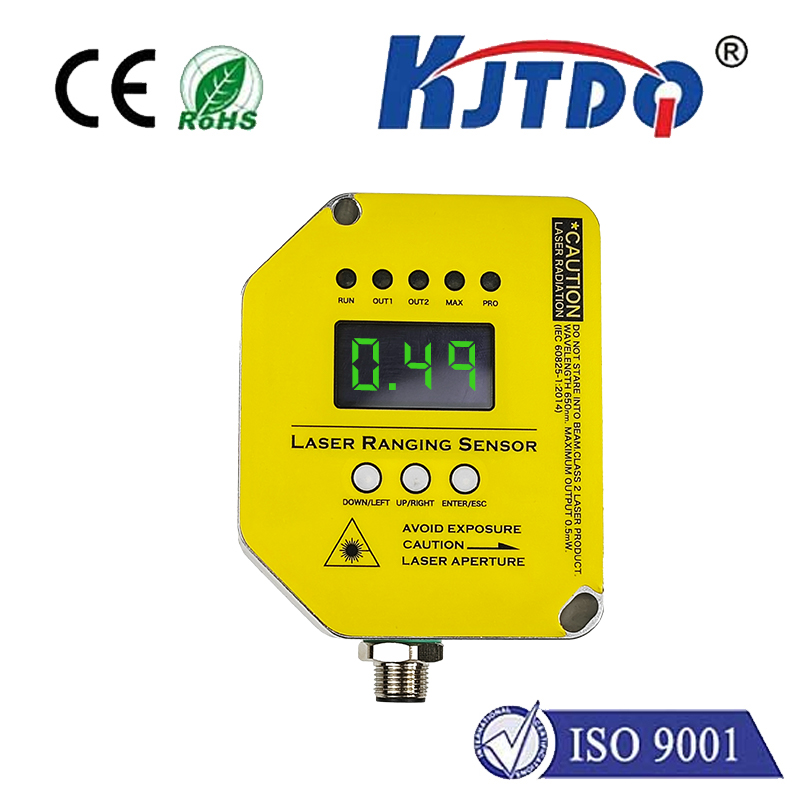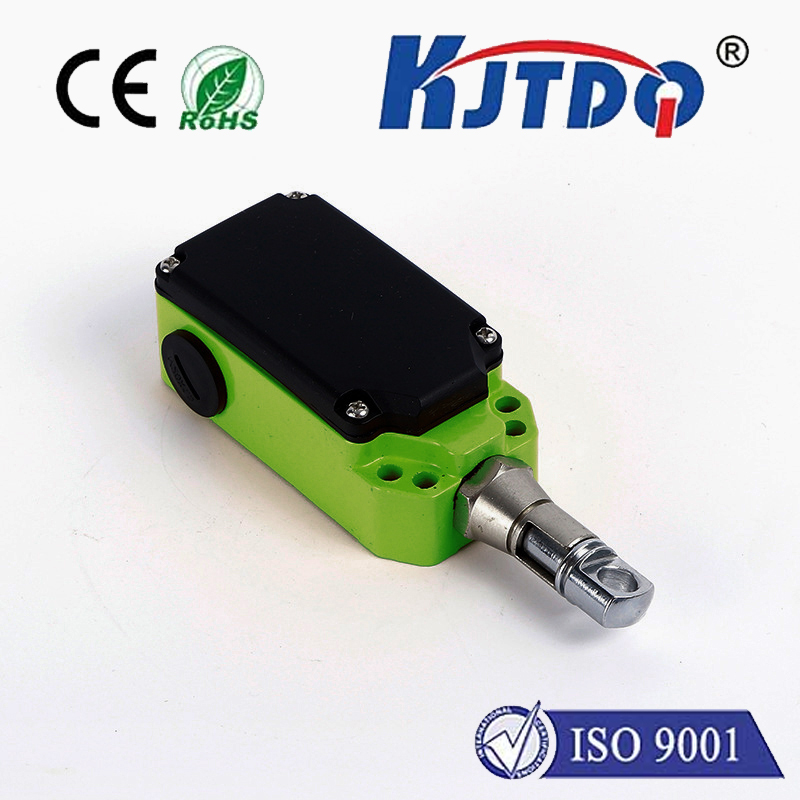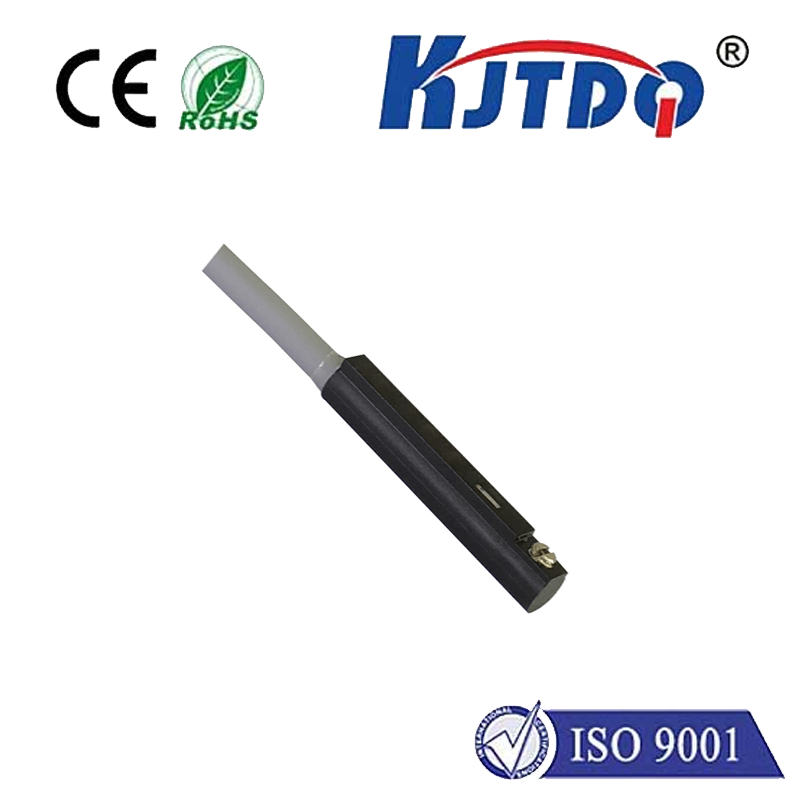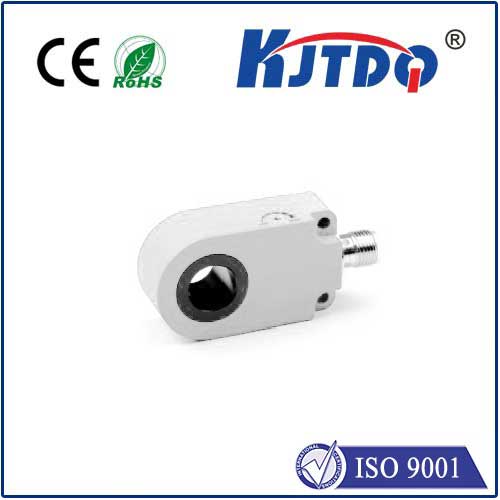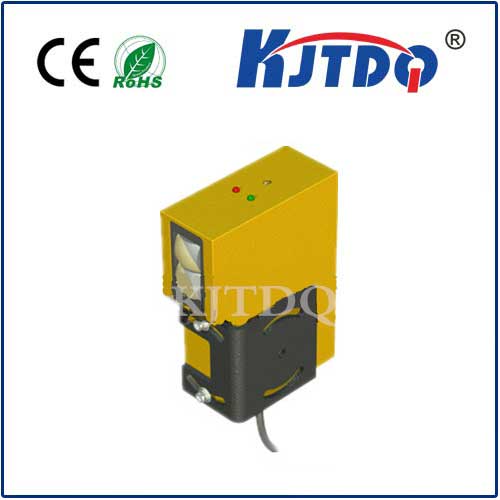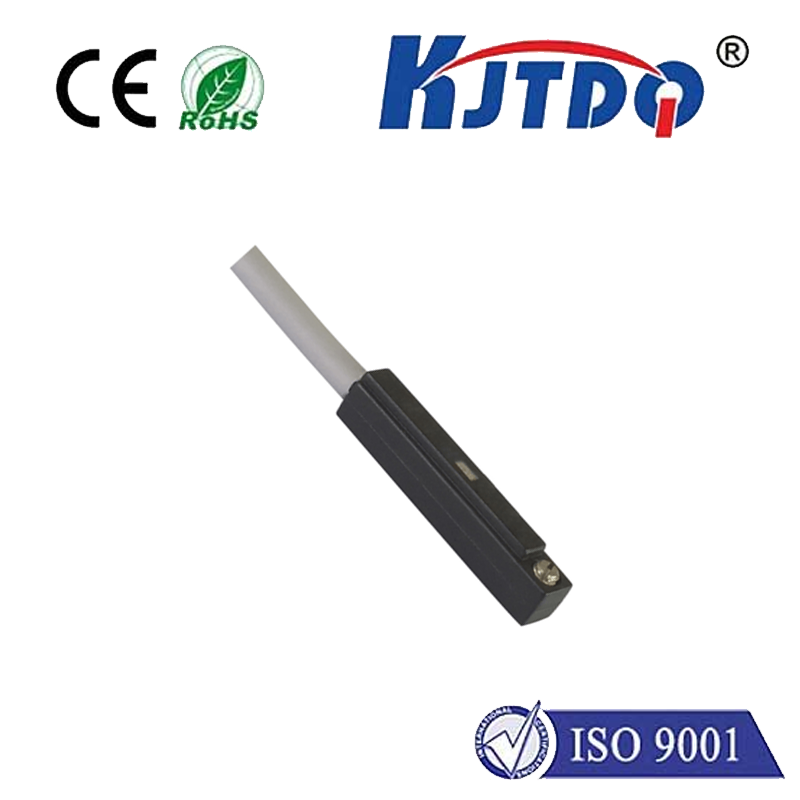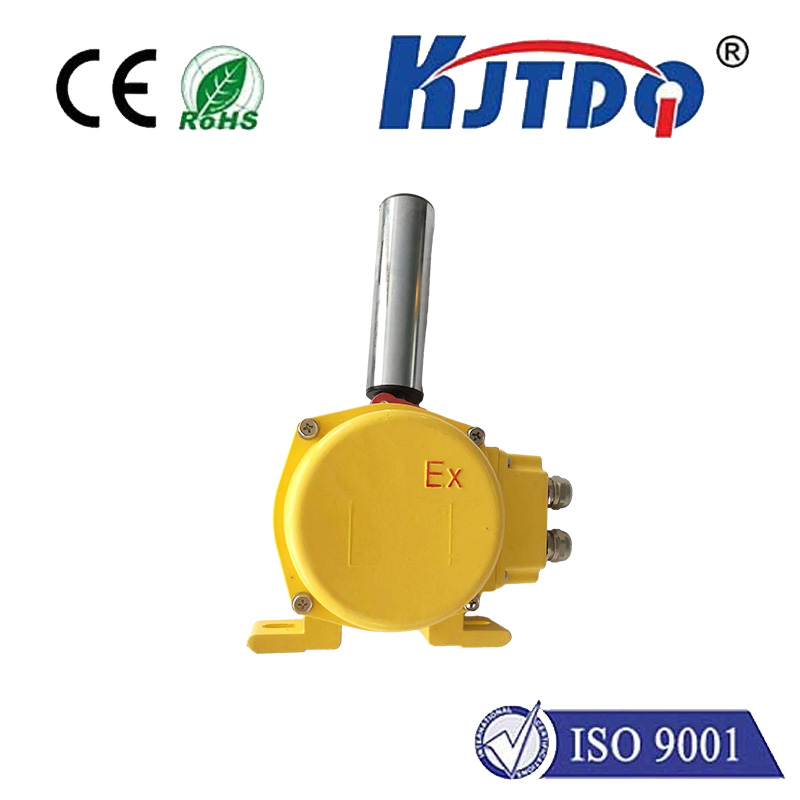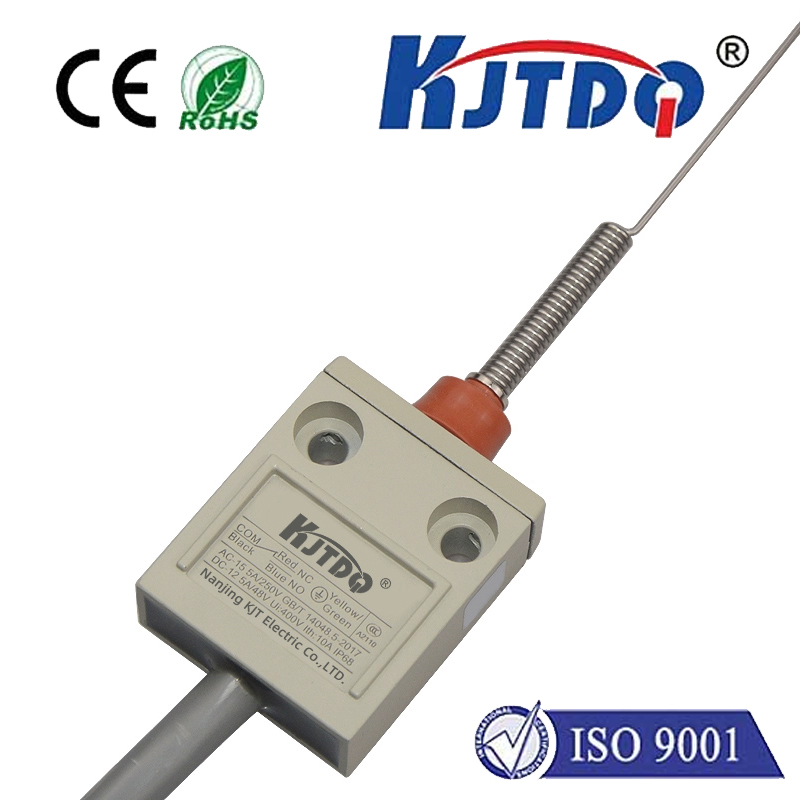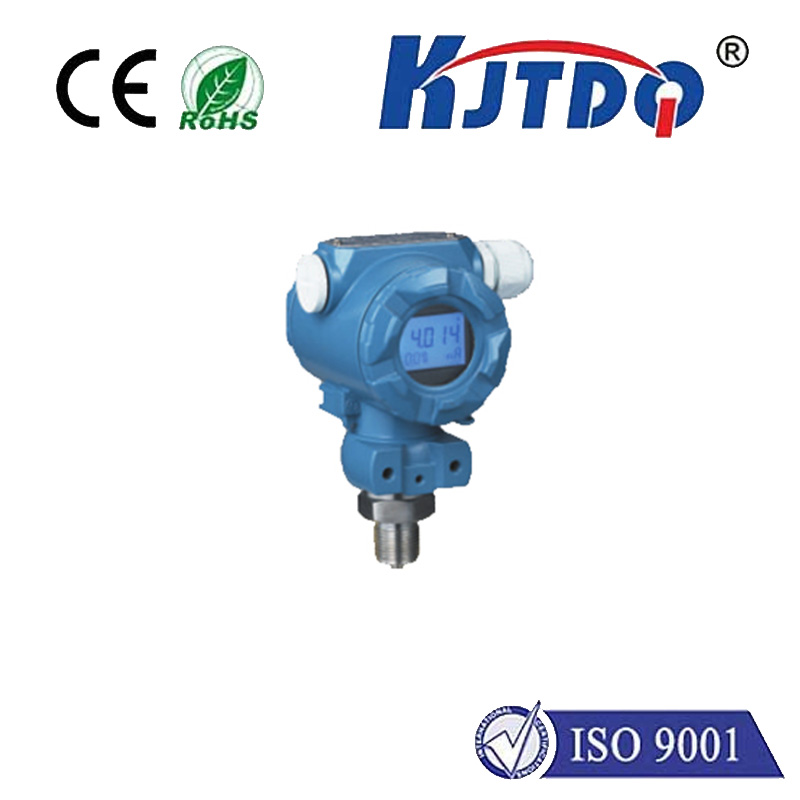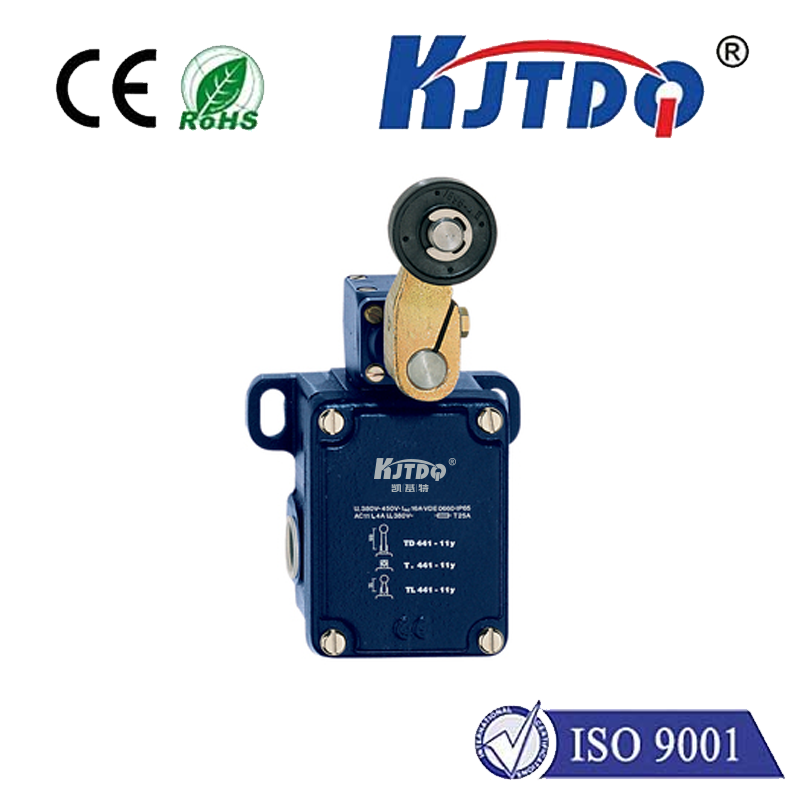

check

check

check

check

check

check

check

check

check

check
Title: The Photoelectric Speed Sensor: A Revolutionary Tool for Precision Measurement
The advent of photoelectric speed sensors has revolutionized the way we measure and monitor motion in various industries. These sensors, equipped with cutting-edge technology, provide accurate speed detection with minimal delay. Let's delve into the world of photoelectric speed sensors to understand their significance and application.
A photoelectric speed sensor operates on the principle of light transmission and reception. It consists of a light emitter and a receiver placed opposite each other, forming a photoelectric beam. When an object passes through this beam, it disrupts the flow of light between the emitter and receiver. This disruption is detected by the sensor, which then calculates the object's speed based on the time taken to break the beam.

Photoelectric speed sensors offer numerous advantages over traditional measuring methods. They are highly accurate and can detect even the slightest changes in speed, making them ideal for precision measurement applications. Additionally, these sensors have a quick response time, ensuring that real-time data is collected and processed efficiently.
Industrial automation is one field where photoelectric speed sensors have significantly impacted productivity and safety. They are widely used in conveyor belt systems to monitor the speed of products moving along the belt, allowing for adjustments to be made in real-time. This not only ensures consistent product quality but also reduces the chances of mechanical failures due to overloading or improper handling.
Furthermore, photoelectric speed sensors play a crucial role in transportation. They are employed in airports to monitor the speed of baggage carousels, ensuring that bags are transported at a safe and efficient pace. Similarly, in highway toll systems, these sensors help regulate traffic flow by accurately measuring the speed of vehicles passing through toll booths.
Another vital application of photoelectric speed sensors is in sports and athletic performance tracking. Coaches and trainers use these sensors to measure an athlete's speed during training sessions, enabling them to analyze performance data and optimize training regimens accordingly.
In conclusion, photoelectric speed sensors have become indispensable tools across various sectors due to their exceptional accuracy, quick response time, and versatile applications. As technology continues to advance, we can expect further innovations in this domain, leading to even more precise and efficient measurement solutions for industries worldwide.
